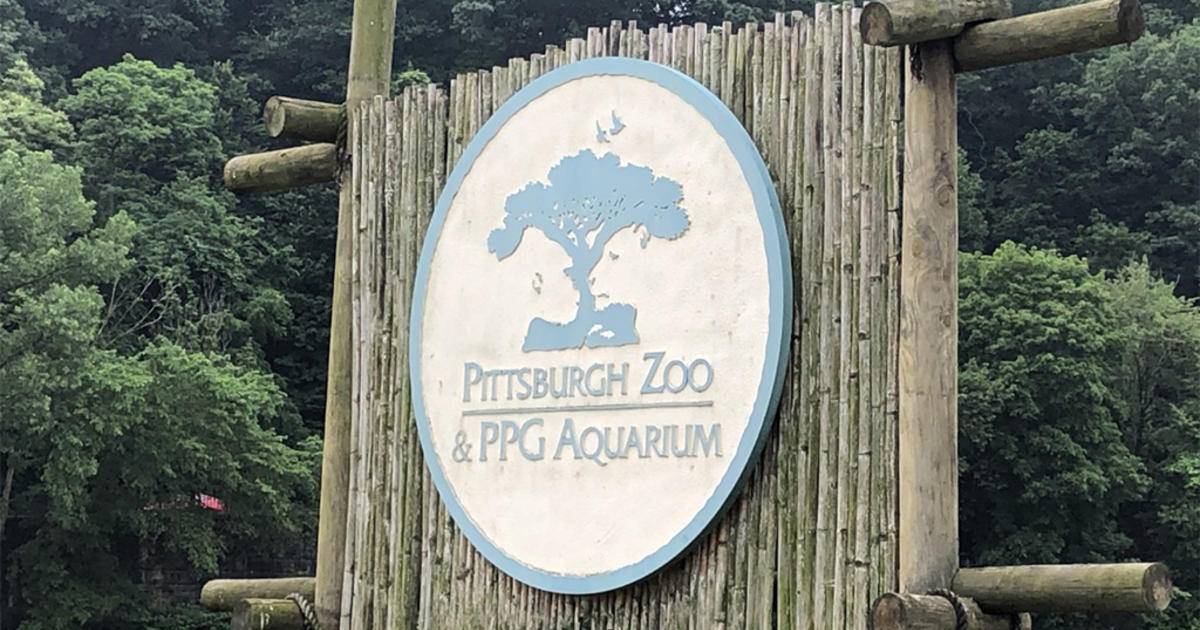Favorite Course: Augusta National
Considered the birthplace of golf, St. Andrews Golf Course is accepted as the Mecca of the game. But if it were possible to survey golfers for the course that tops their 'bucket list,' Augusta National would probably lead the field. No golf course has been viewed by more people than the home of the Masters, and its forbidden access makes it golf's Shangri-La.
The nearly 100-acre Fruitland property on which Bobby Jones and Alister MacKenzie collaborated in the early 1930s incorporates their philosophy of how the game should be played, but its almost mythical status in the minds of golf fans is tied to the video canvases created by CBS's Hall of Fame TV director Frank Chirkinian over his 40 years of Masters coverage.
The beauty of The National, now almost obsessively prepared for the first full weekend in April, was integral to MacKenzie's design. "The chief object of every golf course architect or greenskeeper worth his salt is to imitate the beauties of nature so closely as to make his work indistinguishable from Nature herself."
>>MORE: Stream The Masters Live on CBSSports.com
Over the more than 80 years of its existence, the course has evolved as touch-up artists have been brought in to keep the playing challenge contemporary. In that sense, however, Augusta has evolved as two courses, the one confronting the world's best players at the Masters and the original design still played by the members.
For those whose view of the course is limited to television, the least understood personality of the course is the changes in elevation. From the highest point on the course, the 10th tee, to the lowest, the 11th green, the change in elevation is the same as leaping from a 10-story building. Masters champion Bob Goalby says the course hills begin to take your legs away over 18 holes.
>>MORE: Favorite Golf Courses
For the professionals, length has been pumped into the course in the 20 years since Tiger Woods' first Masters win, and "Tiger proofing" became a part of golf redesign. But the members still play the course comfortably under 7000 yards and are asked to play the game with the same skill set Jones believed in.
Even with the mild rough added over the last decade, Augusta is friendly off the tee, but veterans will tell you that angles into the greens are more important than just hitting fairways. This aligns with Jones' belief that the game was played from the fairway through the greens. Short irons into the par-4 3rd and 7th are among the most uncomfortable on the course. Sandwiched between two famous back-nine par 5s at 13 and 15, the approach to the heavily contoured 14th green is equally tense.
Great architects speak to a player with their design, and MacKenzie is absolutely chatty through Augusta. Horton Smith won two of the first three Masters, and in 1936 he analyzed the course. "It is one of the few courses that really presents two games on almost every hole; a game to reach the greens and another to figure the ever-challenging contours after reaching the greens."
In previewing this year's Masters challenge, Golf Digest's Dave Shedloski and John Huggan anonymously quote a player who adds his endorsement. "One of the best things Augusta does is mess with you. And the way they mess with you is they give you options. Pros don't like options because then they have to make decisions."
And then there are the greens.
Many experts have been brought in to fine-tune the National, but perhaps the greatest impact on the course's playability came from a former Chairman Hord Hardin. The former USGA president in 1981 made the decision to transition from Bermuda grass to bentgrass to improve the consistency of the greens. The combination of the faster grasses and mowing technology that made any speed attainable, gave the committee unlimited control.
So stark was the change that it became nearly impossible to prevent shots from rolling the length of the green and off the putting surface. Slope had to be taken from the back of the 9th and 18th greens.
Historically the greens at Oakmont Country Club, site of last year's U.S. Open, are considered the fastest surfaces in golf. On Monday, following that Open, a 30-year caddie at Oakmont, who also spent a few years at Augusta, drew an interesting contrast.
"I think the greens at Oakmont are faster than Augusta, but I think National's greens are more difficult to play," Sharkie told me. Oakmont's poa annua surfaces, while dangerously fast, are absolutely true. At Augusta, the grain of the bent surfaces makes reading the breaks more complicated and local knowledge all the more important.
At the outset, Jones and MacKenzie wanted a course that challenged the game's best players and was still a course for its members. When I first spoke to Chairman Hardin in 1986, he reminded me that his job was not to run the Masters but run a club for its members.
Dan Reardon has covered golf for radio station KMOX in St. Louis for 33 years. In that time, he has covered more than 100 events, including majors and other PGA, LPGA and Champions Tour tournaments. During his broadcast career, Reardon conducted one-on-one interviews with three dozen members of the World Golf of Fame. He has contributed to many publications over the years and co-authored the book Golf's Greatest Eighteen from Random House. Reardon served as Director of Media relations for LPGA events in both St. Louis and Chicago for 10 years.



